Wildlife Response, Inc. is a distinctive 501c3 volunteer organization devoted solely to the care of orphaned, injured, and displaced native wildlife. We are dedicated to increasing awareness of wildlife rehabilitation to the public. Our organization depends primarily upon the private donations for its programs and services.
The Wildlife Response and Rehabilitation Center will be a centrally located facility where citizens, animal control officers and other agencies can drop off wildlife. In addition, the Center will provide a redistribution center for animals to be triaged, and then sent to permitted-based wildlife rehabilitators for care. The Center is expected to open in 2025.
Education
Eastern Cottontail
The cottontails home is called a form. It is a depression made by the rabbit by digging out or stomping down an oval shape. They do not maintain territories. Home ranges may overlap. The range of an adult male maybe 2 to 3 acres. The female’s territory is approximately 1 acre. The female is called a doe. She will line a form with her chest hair and grass when it is time to have her kits. Cottontails are nocturnal. They rest in their form during the day. Their favorite foraging times are pre-dawn, early morning, pre-dusk and twilight. They are herbivores (plant eaters). They will eat grasses, sedges, leaves, flowers, stems, buds, berries and bark. During the winter months they will eat stems of goldenrod, dogwood, berries and tree bark. Cottontails also practice coprophagy, eating of their feces. Their digestive system requires a continuous flow of nutrition and roughage to remain healthy. Their metabolism is 3 times faster than a cat or dog. They do not require much water due to the vegetation they consume and the dew on the vegetation in the early morning hours.
Rabbits sexually mature at 4 to 6 months. A doe may have 3 to 4 litters per year. The average litter size is 3 to 6. The doe returns to the nest twice a day to feed her kits. She will lay over the form and the kits will rise up to nurse. They lay on their backs and fill their stomachs quickly. Kits are born blind and hairless but in a short 3 weeks they will be weaned and eating on their own. By 4 weeks of age the kits will leave the nest for good. Cottontails are a prey species. They are born knowing what they should do. When startled they will remain motionless for long periods of time or they will flee rapidly. (reprinted with permission from Wild at Heart) |
Local Wildlife
Coming Soon
Found Injured or Orphaned Wildlife
|
Babies Adults Warming Guidelines Please be careful not to overheat the animal. Wrap the source of heat in layers of cloth or towel until the temperature feels safe enough to place beside the animal. If they have a small bird or baby mammal, turn it every 15 minutes so his body warms evenly while they transport it to a WRI licensed rehabilitator. Also note: Raptors do not require heat unless they are hypothermic! Raptors will quickly overheat due to stress, and some birds such as Coopers Hawks and Sharp Shinned Hawks may become hyperthermic (overheated) and die on the short drive to the rehabilitator. Why we ask you to transport
Why you MUST NOT GIVE FOOD OR WATER
Why can’t you raise or keep wildlife
|
Bird Specific
| Bird is still flying Birds and squirrels trapped in a house
Birds trapped in stores or warehouses Birds and mammals trapped in chimneys If the animal is a raccoon, duck, or other large animal, please call our Hotline for help. Bird attacking window They are territorial. Birds during pre-breeding and breeding season stake out “territories”, an area that the pair of birds will not allow others of their species to live. These birds may see their own reflection and mistake it for a rival bird. They will strike out at reflections in mirrors, windows, parked cars, etc. The way to correct this problem is to remove the reflection. In windows, this can be accomplished by closing curtains, placing paper on the outside of the window (as long as it’s not going to rain in the next few days), or applying window clings or frosting the window. Yellow Highlighter has also been proven to work. With cars, you should move the car for a few days or cover it with a car cover Oiled or sticky material on wildlife Birds with eye problems
|
Subcategories
Education and Outreach Main
Education & Outreach
WRI promotes community education as well as wildlife rehabilitation education in Southeastern Virginia. We are dedicated to the preservation of wildlife through rehabilitation and education. It is essential for the public to understand the sensitive balance of human and non-human populations, the affect we have on the natural environment, and the best ways in which we can coexist.
Community Education
WRI puts the WILD in wildlife education! Our knowledgeable, professional, and passionate staff will entertain and educate through close encounters with real live animals! Nothing has a greater impact than the sight of a Great Horned owl or Red-tailed Hawk just feet away! WRI presents exciting and educational programs at nearly any venue and for any age group. Sample organizations include: school groups, community associations/civic leagues, senior facilities, etc.
Wildlife Rehabilitator Education
WRI offers a wide range of training class in-person and online. Depending upon your permit needs, we have licensed volunteers ready to help you learn more about becoming a wildlife rehabilitator or maintaining your license. Checkout our self-pace learning classes.
Community Outreach
Community outreach programs are offered by a licensed wildlife rehabilitator and are available year round. We have four education ambassador animals that we can use to educate the community about wildlife. Photos can also be taken with the animals. The Program is exciting, humorous and very educational. The program usually lasts about 1 hour.
We provide programming for all ages including community associations, schools, scouts, churches, daycares, libraries, senior groups, and more. Reservations need to be made at least 4 weeks in advance. There is no charge.
To schedule a presentation or exhibit, email This email address is being protected from spambots. You need JavaScript enabled to view it.
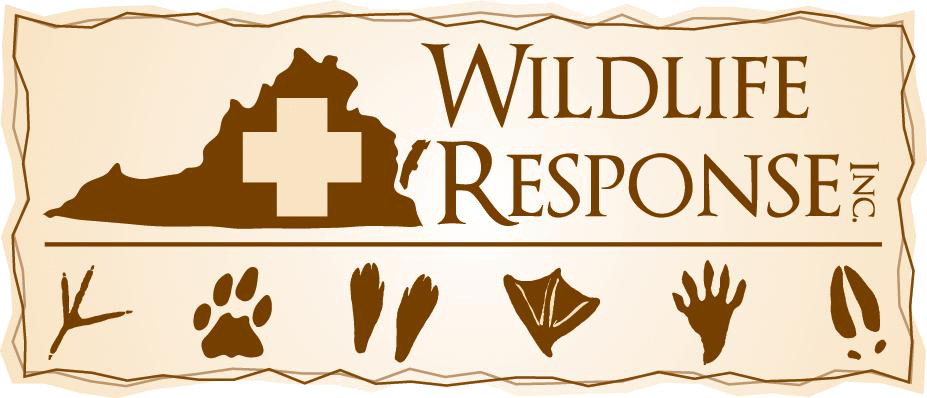
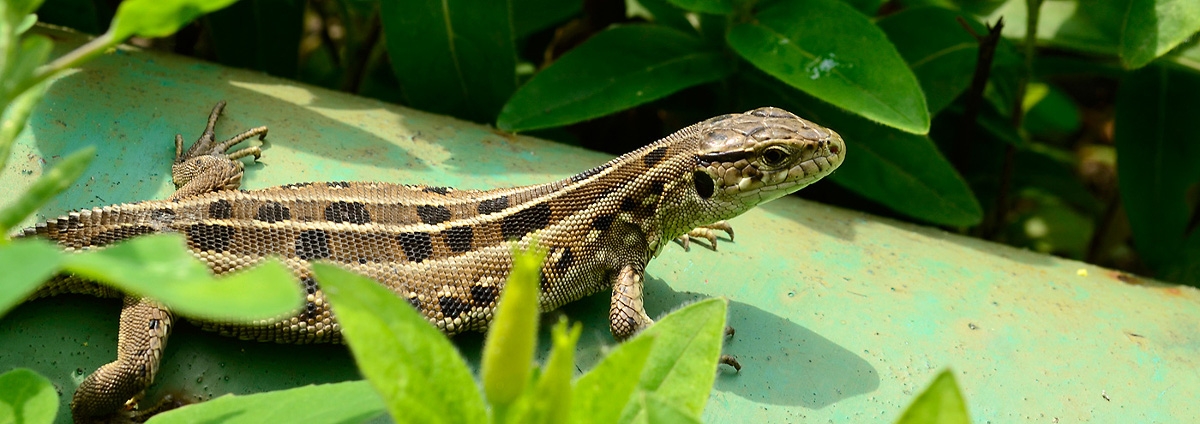

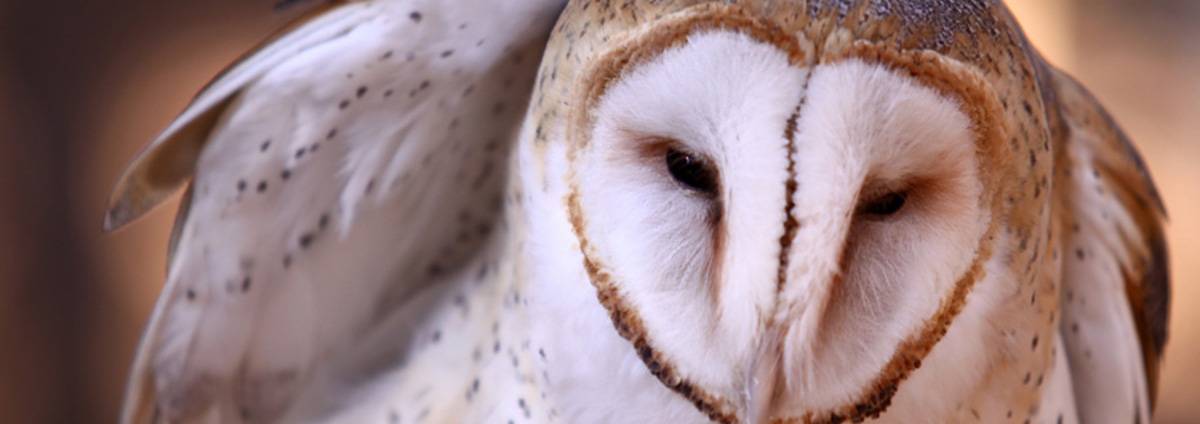
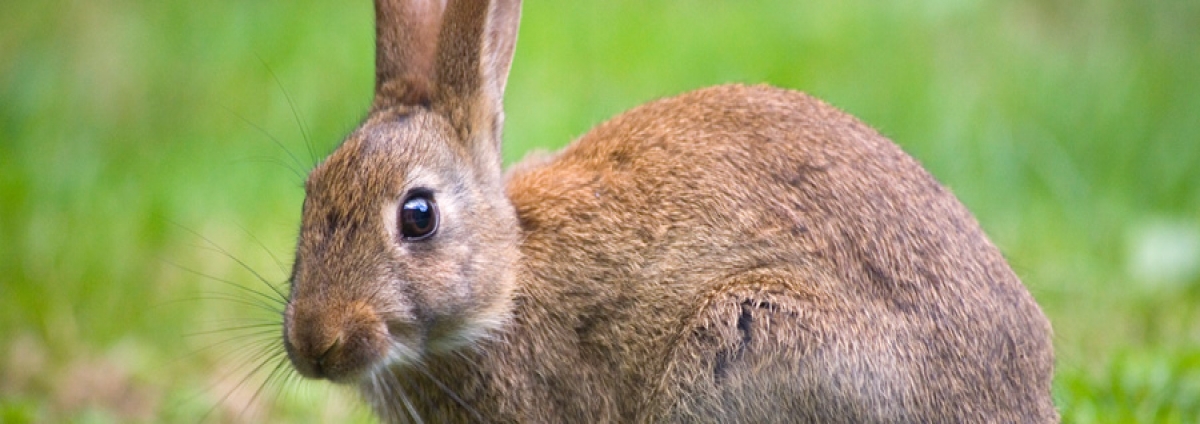
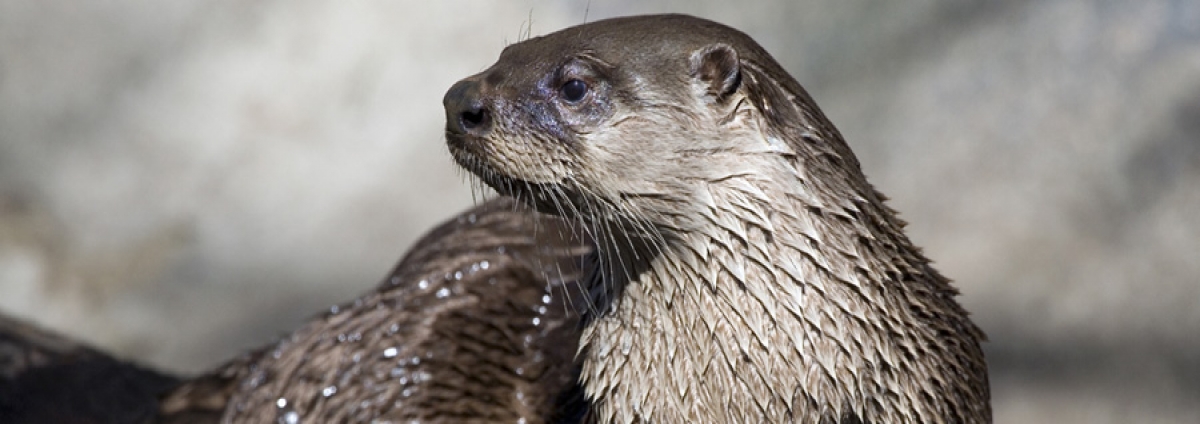
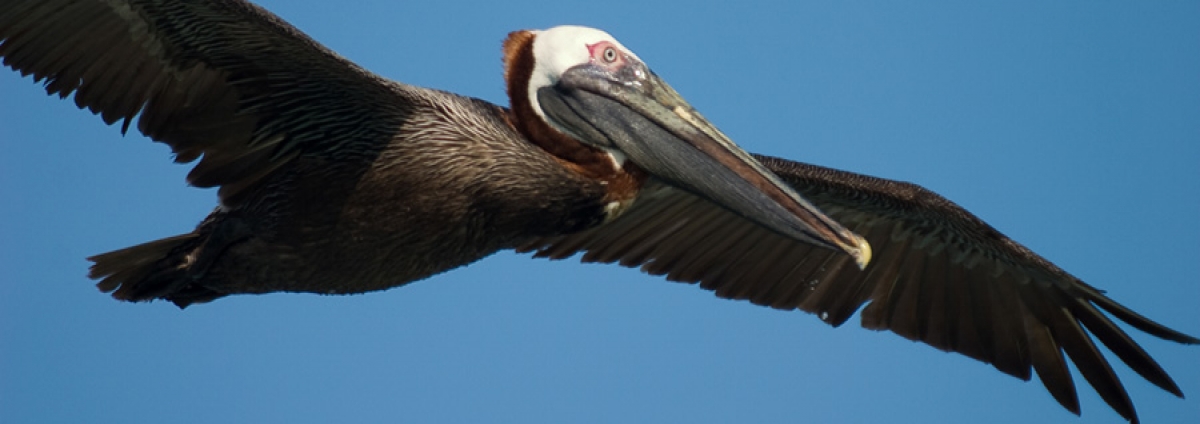
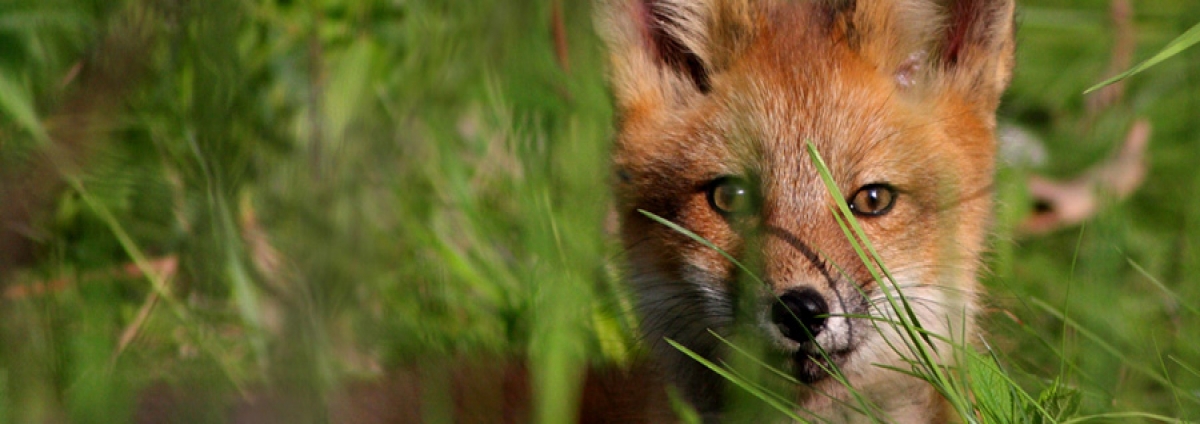
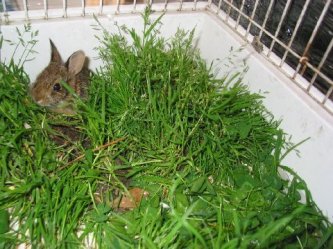 The eastern cottontail is the most widely spread species in the United States. They are found everywhere east of the Rocky Mountains. The word “sylvilagus means “wood hare”. Their range extends from Canada to Central America. Cottontails are found in diverse habitats, including woodlands, fields, swamps, farmlands, hedge, prairies and urban yards. In Native American Indian legends, the rabbit is the trickster hero of the southwest tribes. The rabbit, in ancient Indian legends, possessed supernatural powers.
The eastern cottontail is the most widely spread species in the United States. They are found everywhere east of the Rocky Mountains. The word “sylvilagus means “wood hare”. Their range extends from Canada to Central America. Cottontails are found in diverse habitats, including woodlands, fields, swamps, farmlands, hedge, prairies and urban yards. In Native American Indian legends, the rabbit is the trickster hero of the southwest tribes. The rabbit, in ancient Indian legends, possessed supernatural powers.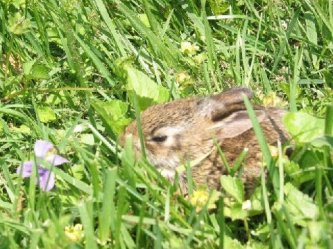 Cottontails are normally very timid, however, they will fiercely defend their kits. Adult cottontails are 14 to 16 inches long and weigh about 3 pounds. They are capable of jumping 8 feet. The average life span is 2 years. Only 25% of cottontails survive their first year. If all of the doe’s brood survived and reproduced, at the end of 5 years, there would be 2.5 billion rabbits. In an area where there is a high number of predators, 85% of the rabbit population will die in one year. Mortality is also affected by weather. The form may be flooded during a storm and the may result in the death of an entire litter.
Cottontails are normally very timid, however, they will fiercely defend their kits. Adult cottontails are 14 to 16 inches long and weigh about 3 pounds. They are capable of jumping 8 feet. The average life span is 2 years. Only 25% of cottontails survive their first year. If all of the doe’s brood survived and reproduced, at the end of 5 years, there would be 2.5 billion rabbits. In an area where there is a high number of predators, 85% of the rabbit population will die in one year. Mortality is also affected by weather. The form may be flooded during a storm and the may result in the death of an entire litter.